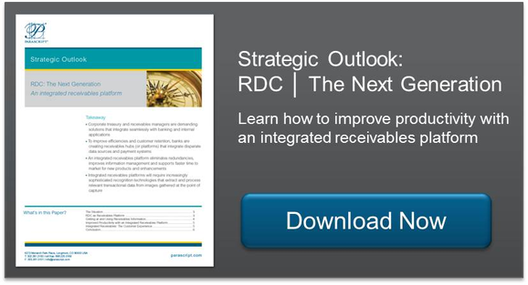When the word ‘remittance’ is uttered, many think of those stubs attached to business checks or the portion of a bill that is returned with a payment back to the electric or phone company.
These types of payment remittances are typically handled in an orderly fashion and many are processed using ‘lockbox’ services offered by banks and other fiduciaries. But how often does remittance information fit nicely into this orderly world? According to https://www.nacha.org/node/1207, only 10% of the approximately 15 billion remittances sent by businesses every month are able to be processed automatically using a standard format.
The ugly truth is that as many as 40% of these remittances require some level of intervention, and in the US, over 50% require rekeying into an accounts receivable system. This is a huge cost to both efficiency and productivity.
To make matters worse, the same study also revealed that there are at least 12 different ways in which businesses receive remittance information. The combination of variability of remittance data with the growing variety of payment methods may seem too daunting to tackle; it’s no wonder that businesses have focused more attention to just streamlining the process over straight-through processing.
But there is hope. By rethinking existing platforms focused on remote deposit along with introducing capabilities to handle both the data and channel variability, even straight-through processing is possible.




